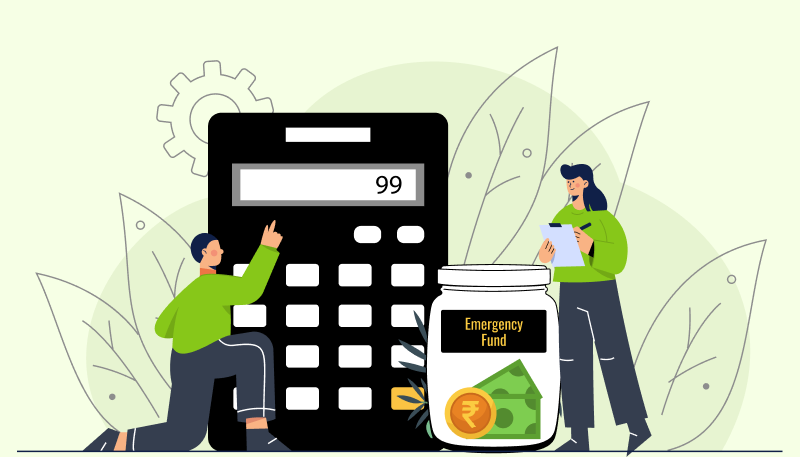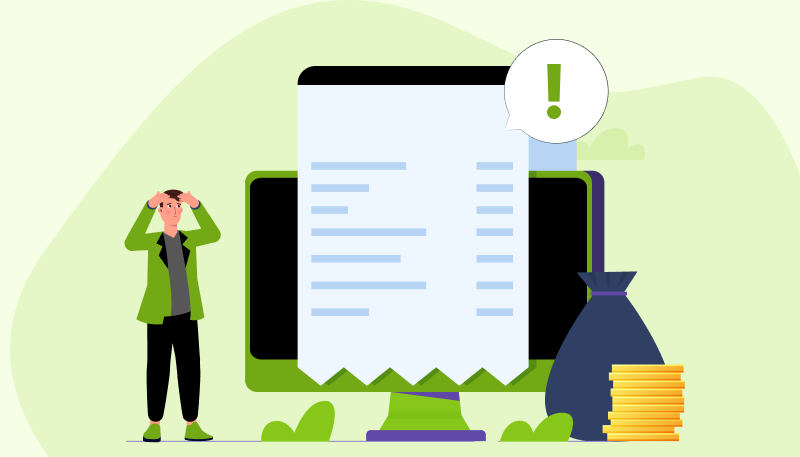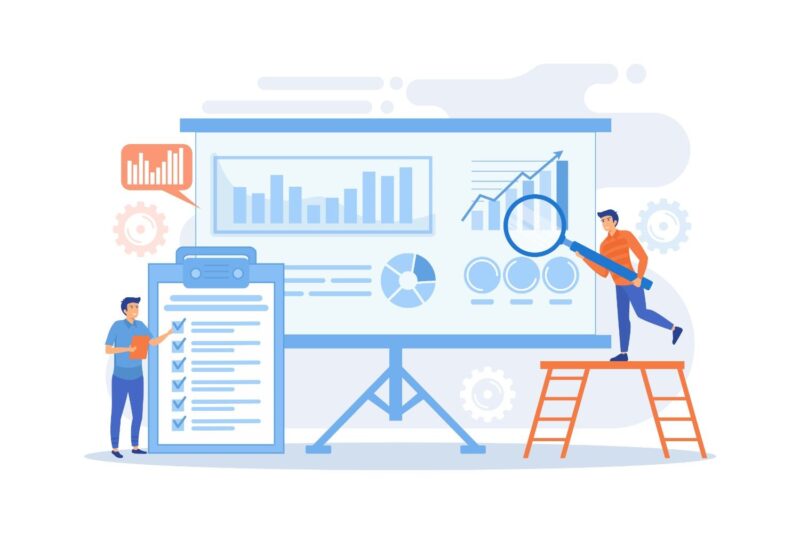Having a well-planned emergency fund is no longer optional; it’s a necessity. Whether you’re dealing with a sudden job loss, a medical crisis, or unexpected expenses, a rainy day fund calculator can help you prepare. But how much should you actually save? In this blog, we’ll guide you step by step on how much emergency fund you need based on your income, lifestyle, and responsibilities.
This article is especially tailored for readers looking to understand emergency savings in India, complete with tips, examples, and tools to build your cushion over time.
Why Emergency Funds Matter
An emergency fund is a dedicated pool of money to help you cover sudden, unplanned expenses without taking on debt. For Indian households, this becomes even more vital due to rising healthcare costs, job instability, and inflation.
Let’s take a deeper look at why emergency savings in India are crucial:
- Sudden layoffs in the private sector
- Family medical emergencies
- Car or home repairs
- Unforeseen travel or relocation needs
How Much Emergency Fund Do You Actually Need?
The most common rule is to save 3 to 6 months of essential living expenses. However, your personal situation plays a big role.
Factors to Consider:
| Factor | Details |
| Monthly Expenses | Rent, food, utilities, EMIs |
| Number of Dependents | More dependents = bigger fund |
| Job Stability | Freelancers may need 6–12 months |
| Health Conditions | Chronic illnesses require more buffer |
Use a rainy day fund calculator to automate this calculation and tailor it to your needs. Most tools allow inputs like monthly costs, liabilities, and family size to estimate the ideal emergency savings amount.
Table: Emergency Fund Recommendations Based on Income
| Monthly Income (INR) | Ideal Emergency Fund |
| ₹25,000 | ₹75,000 – ₹1,50,000 |
| ₹50,000 | ₹1,50,000 – ₹3,00,000 |
| ₹1,00,000 | ₹3,00,000 – ₹6,00,000 |
| ₹1,50,000+ | ₹4,50,000 – ₹9,00,000 |
So when you ask how much emergency fund is right, use this guide along with a rainy day fund calculator to get a clear estimate.
Best Places to Park Emergency Savings in India
You don’t want this money locked up or at risk. Here are the options best suited for emergency savings in India:
- High-Interest Savings Accounts – Quick access and moderate returns
- Liquid Mutual Funds – Slightly higher returns with easy withdrawals
- Recurring Deposits – Ideal for steadily building your fund
- Sweep-in FDs – Offers liquidity with better interest than savings
Each option has pros and cons, so it’s wise to diversify a portion of your fund across these vehicles.
Tips to Build Your Emergency Fund Steadily
You don’t need to build your entire fund overnight. Here’s a smart plan:
- Set a monthly saving target (e.g., 10% of income)
- Automate transfers to a dedicated emergency fund account
- Use a rainy day fund calculator quarterly to update your target
- Divert bonuses, refunds, or side hustle income into the fund
- Reevaluate your fund size every time your expenses or job status change
These steps will help you maintain your emergency savings in India with discipline and flexibility.
Example: Meena’s Emergency Fund Plan
Profile: Meena, a 30-year-old software developer in Pune
Monthly Income: ₹70,000
Essential Monthly Expenses: ₹35,000
Dependents: One aging parent
Her Fund Plan:
- Target: 6 months of expenses = ₹2,10,000
- Initial Amount Saved: ₹40,000
- Monthly Saving: ₹10,000
- Uses a rainy day fund calculator to track progress
She reached her full emergency fund goal in 18 months and parked the money in a mix of liquid funds and a sweep-in FD.
Final Thoughts
Having the right-sized emergency fund gives you peace of mind and financial independence. With the help of a rainy day fund calculator, you can customize your savings goal based on your life stage and financial situation.
Key Takeaways:
- Know how much emergency fund is ideal using income-based estimates
- Use tools to manage and monitor your emergency savings in India
- Choose liquid and safe investment options for storage
- Review and adjust your fund annually or after major life changes
Start small, stay consistent, and build a financial cushion that secures your future.





I love how you mention the importance of factoring in chronic health conditions when calculating your emergency fund. Many people forget to account for ongoing medical expenses, which can really throw off their financial stability in the long run.